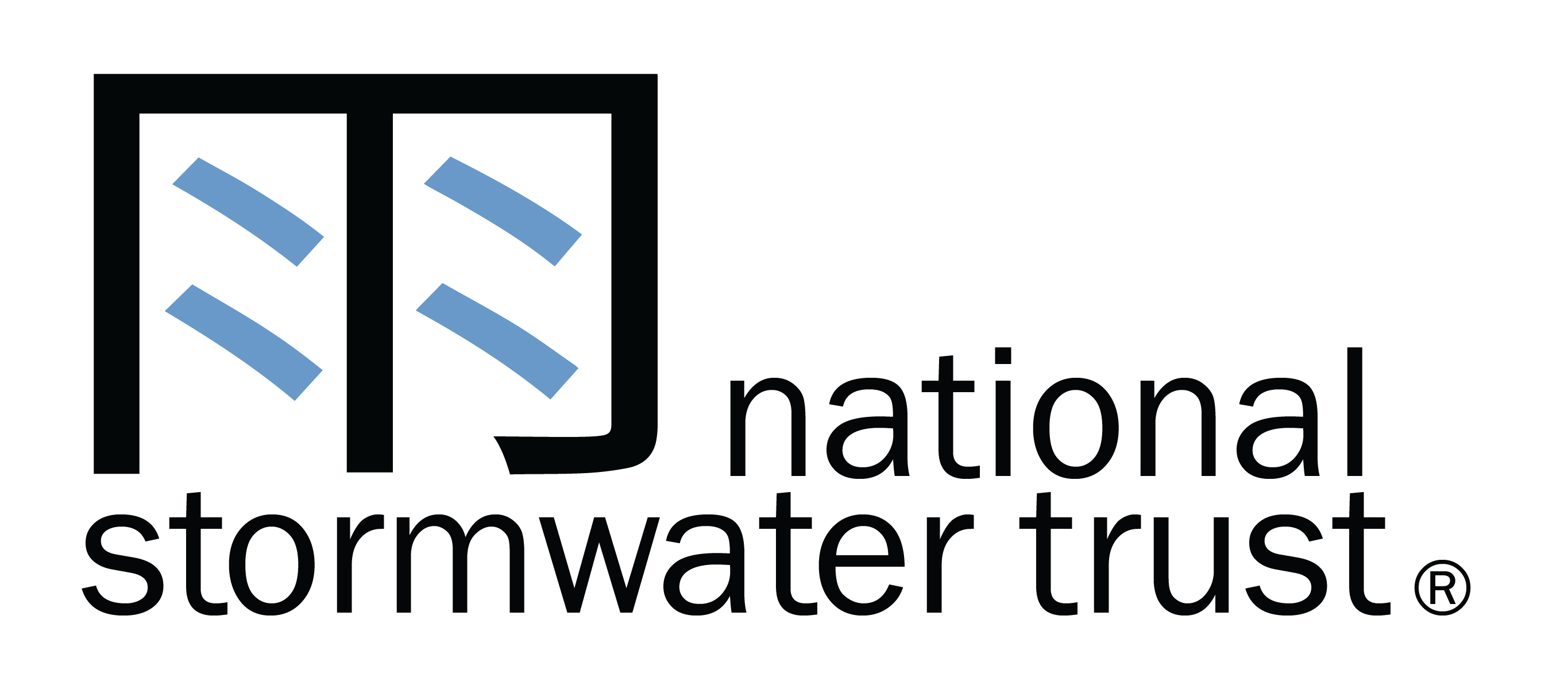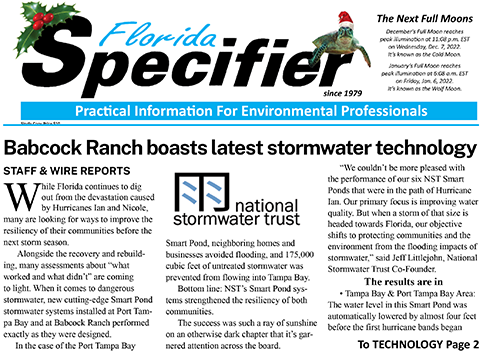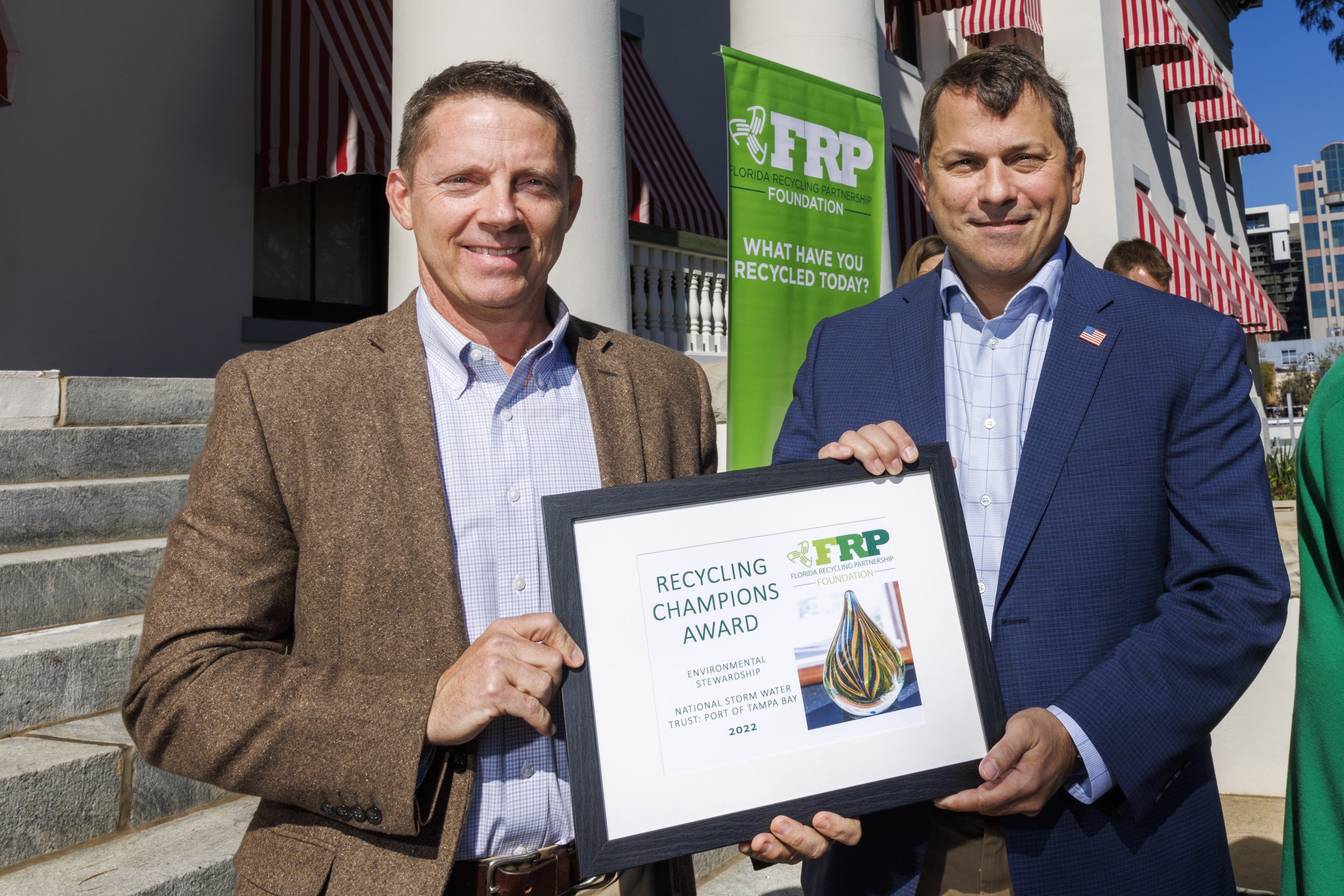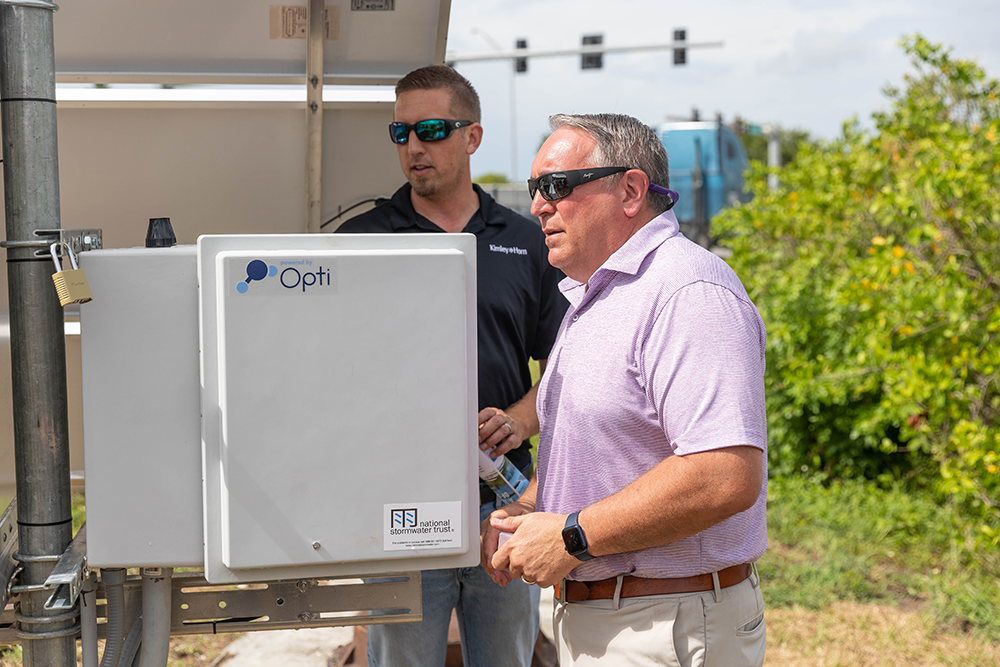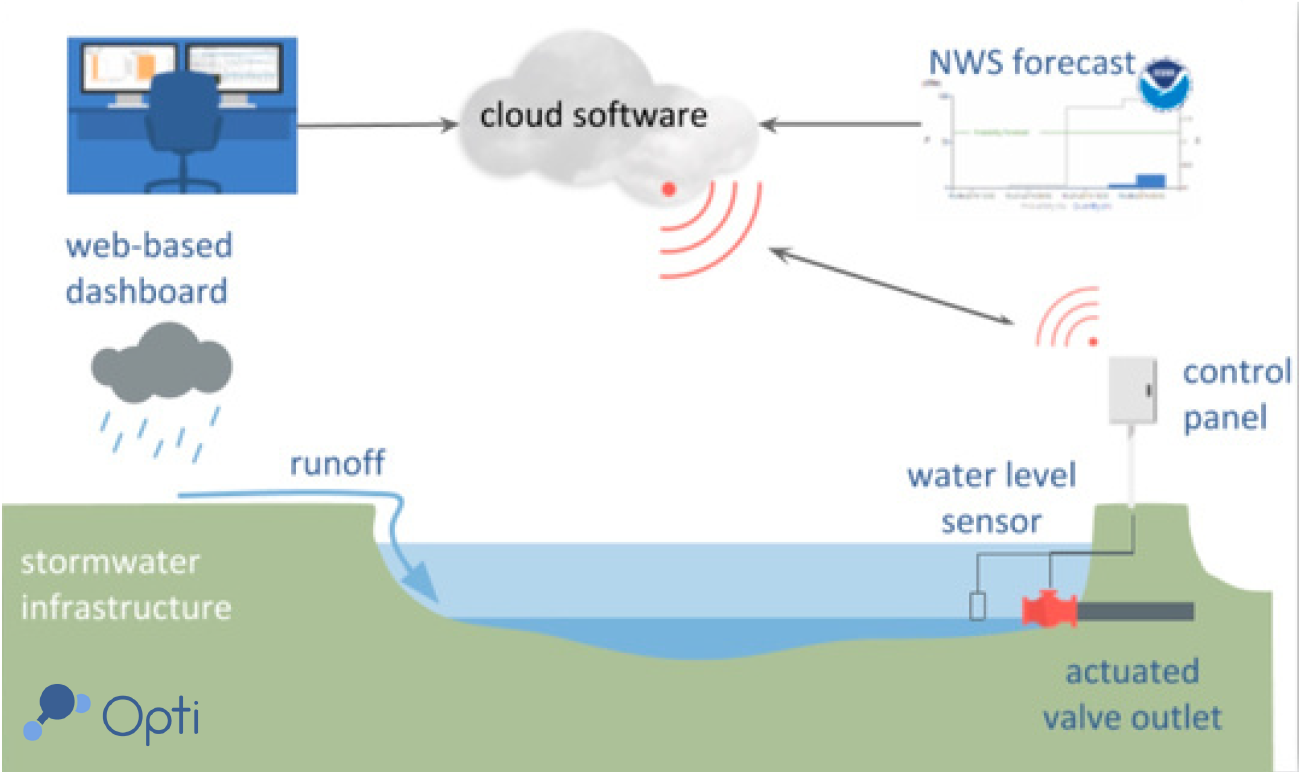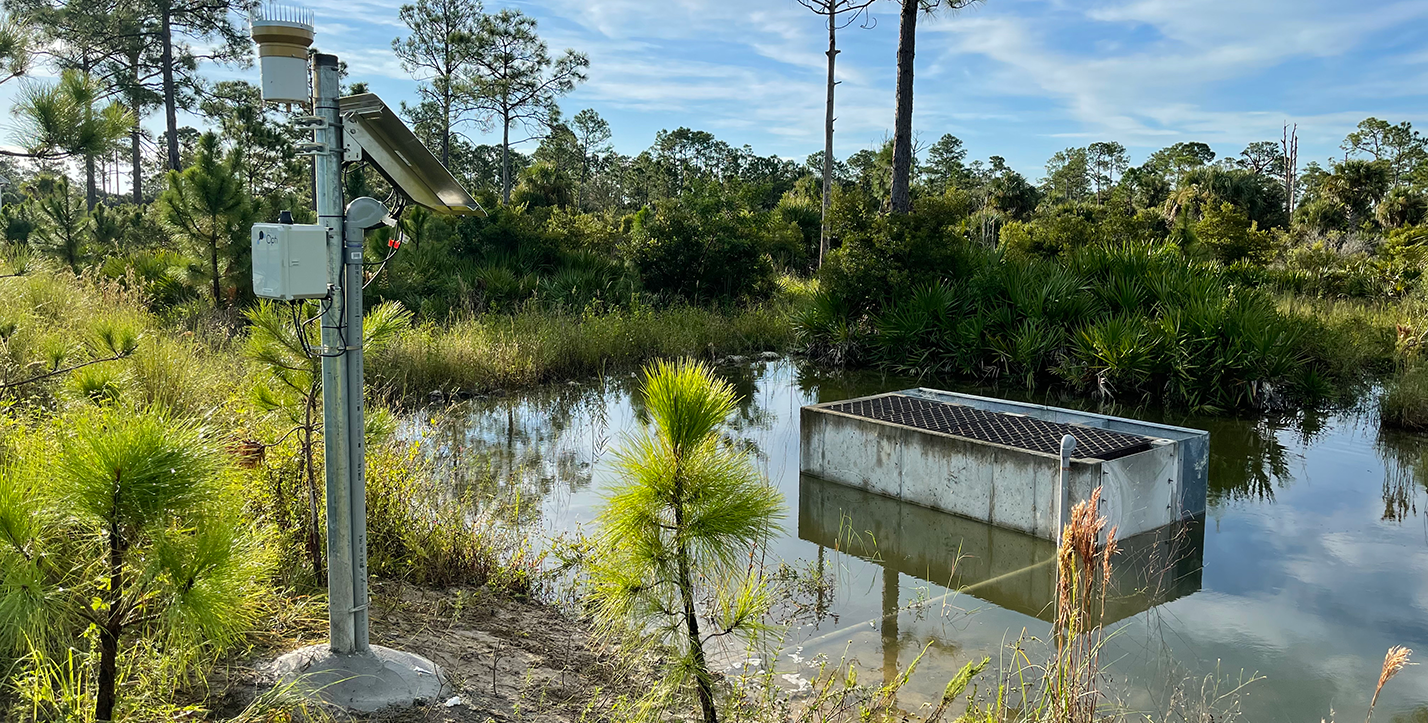On March 22, the Florida Department of Environmental Protection (FDEP) hosted a Public Hearing on its Proposed Rule where it discussed four Lower Cost Regulatory Alternatives and listened to about two and half hours of public testimony. On Friday, March 24, the FDEP issued a Notice of Change to the rule. Along with some minor edits, the Notice of Change included two key modifications that warrant discussion.
First, the FDEP expanded the “grandfathering provisions” of the Proposed Rule to allow projects with existing Conceptual ERPs to continue to rely on current stormwater requirements through the remaining phases of construction. This approach is consistent with prior revisions of stormwater regulations, including the most recent change to the Statewide ERP in 2013.
Second, the FDEP modified the post-development treatment requirements in Section 8.3 of the Applicant’s Handbook Volume I. Specifically, the “baseline” post-development treatment performance standard of 80% TN annual average load reduction was changed to 55%. For OFWs, the 95% TN standard was changed to 80%, and the 95% TP standard was changed to 90%. For impaired waters, non-OFW and OFW waters were split into different performance categories. The new post-development treatment performance standards for impaired/non-OFW waters are 80% TN and 80% TP. For impaired/OFW waters, the standards are 95% TN and 95% TP. The remaining performance standards were unchanged, including the “pre-post” development loading standards and the application of basin-specific performance criteria from adopted TMDLs.
The Notice of Change started a new 21-day public comment period, which expires April 14. After the public comment period closes, the proposed rule will still require legislative ratification prior to it becoming effective. The Statement of Estimated Regulatory Cost appears to be largely unchanged. Unless there is a rule challenge, there is still potentially a path to completion this session.
National Stormwater Trust, Inc. appreciates all of the hard work that FDEP staff, the TAC members, and all stakeholders have invested in this rule over the last two years.
For additional updates, please follow National Stormwater Trust on LinkedIn. For details about the Proposed Rule and how it might impact your current or future project, contact Mark Thomasson, P.E., LEED AP or Jeff Littlejohn, P.E. at NST.
